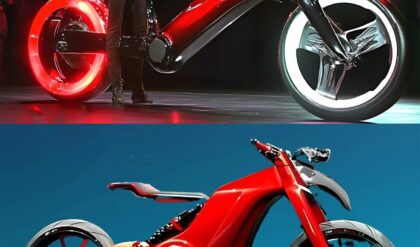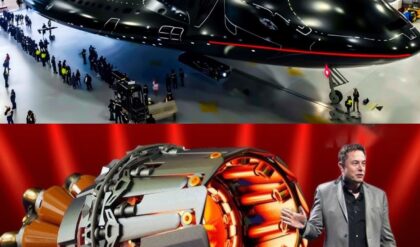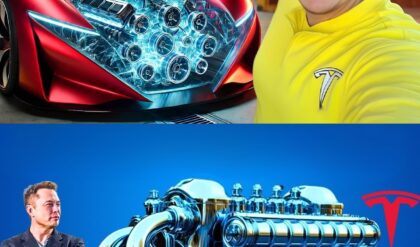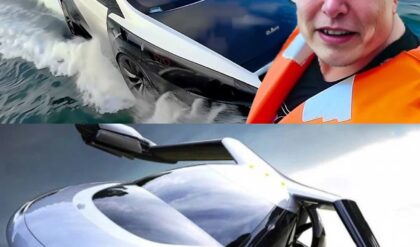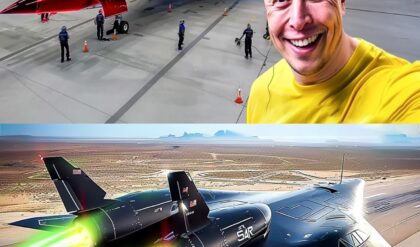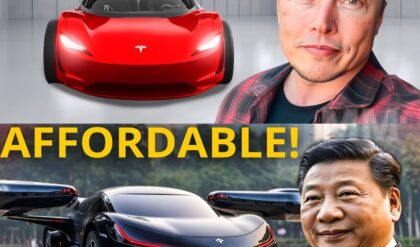Tesla is too weird to make the news, but a new development could eclipse everything the company has accomplished in the past two years. While the world marvels at Tesla’s advancements, news of its potential breakthrough — a 2,000-mile battery — has flown under the radar. Yet this innovation could revolutionize not only transportation, but energy management on a global scale.
The road to 2,000 miles: a new milestone
Since its inception, Tesla has redefined what electric vehicles (EVs) can achieve. From the sleek design of the Model S to the affordability of the Model 3, Tesla has consistently pushed the boundaries. One of the key takeaways from these achievements has been its commitment to battery technology.

The introduction of the 4,680 battery cells was a landmark achievement, allowing for greater energy reduction, increased efficiency and lower production costs. But Tesla isn’t stopping there. Behind closed doors, its engineers are working toward a revolutionary goal: a battery capable of powering a car for 2,000 miles on a single charge.
Such a battery would not only eliminate the anxiety caused by rage, but would also redefine the way we think about electric mobility. Imagine charging your car once or twice a month, regardless of daily commutes, errands, or long trips.
How Tesla is pioneering the 2,000-mile battery
Tesla’s journey toward this revolutionary battery involves several key technologies:
Lithium-Metal Batteries
Lithium-metal technology offers significantly greater energy reduction compared to conventional lithium-metal batteries. However, challenges need to be overcome such as dedrite formation, which can reduce efficiency and compromise safety.
Solid-State Technology
Solid-state batteries replace liquid electrolytes with solid materials, allowing for higher energy density, faster charging, and improved safety. While promising, scaling up production remains a hurdle due to high costs and complex manufacturing processes.
Advanced Materials Science
Tesla is exploring silicon-based apods, which can store more lithium ions than traditional graphite apods. While silicon offers immense potential, its tendency to expand and contract during charge cycles poses staggering challenges. AI-
Driven Research
By leveraging AI and advanced simulations, Tesla is optimizing battery chemistry and design. This minimizes trial and error on physical prototypes, speeding up the development process.
Impacts on daily life and industry
If Tesla succeeds, the ripple effect would be transformative:
For drivers

A 2,000-mile battery would redefine coverage. Long road trips without stops to recharge would become the norm, and EV ownership would become even more attractive to those hesitant about current limitations.
For the power grid
With less frequent charging, demand on the grid during peak hours could decrease, allowing for better resource management. Energy providers could also integrate more renewable sources, such as solar and Wi-Fi, into the system as demand patterns stabilize.
For the automotive industry
Tesla’s breakthrough would set a new milestone, forcing competitors to accelerate their own innovations. Traditional automakers and EV startups would have to adapt or risk being left behind.
For global logistics
The logistics and freight industries would undergo a radical change. Electric trucks with ultra-fast ranges would reduce shipping times, operating costs and fuel costs, making cleaner transportation a viable option for long-distance routes.
Broader implications
The potential of a 2,000-mile battery extends far beyond personal transportation:
Longer-lasting, environmentally impactful batteries
would significantly reduce emissions associated with transportation, accelerating transport towards a sustainable future.
Economic Changes
Oil-dependent economies could face challenges as demand for fossil fuels declines. Conversely, countries that invest in battery materials and renewable technologies could experience economic growth and increased global flow.
Urban Development
With fewer charging stations needed, cities could repurpose space for green areas, pedestrian zones, or other community-focused projects.
Electric Power Dependence
Homes equipped with Tesla solar panels and energy storage solutions could use these ultra-deep batteries to store electrical energy for weeks, thereby reducing reliance on traditional grids.
Challenges ahead
Despite the enthusiasm, there are challenges to overcome. Producing advanced batteries requires a significant supply of rare materials such as lithium, cobalt and nickel. Ethical and environmental issues related to sourcing need to be addressed. In addition, ensuring affordability is secure for mass market adoption will be crucial.
A vision of the future
If Tesla achieves its goal, the 2,000-mile battery could redefine the global landscapes of electric power and transportation. From longer-lasting electric vehicles to greener logistics and smarter power grids, the possibilities are endless.
But what do you think? Could a 2,000-mile battery be just around the corner, or is it still an unrealistic dream? Share your thoughts in the comments and stay tuned for updates as Tesla strives to push the boundaries of innovation.
This is more than a milestone: it is a revolution in manufacturing.
